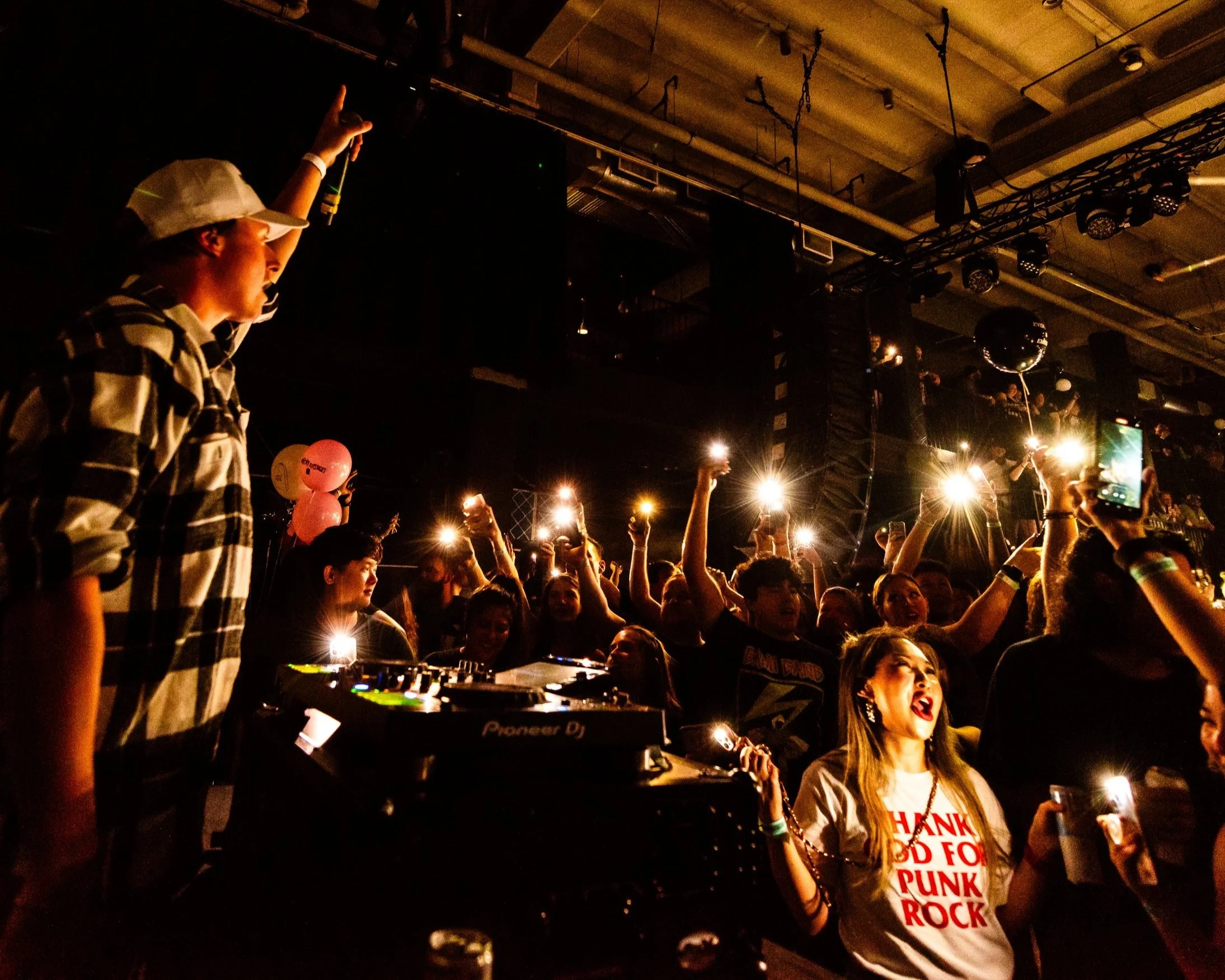How to Navigate the Photo Pit: A Professional Etiquette Guide for Live Shows
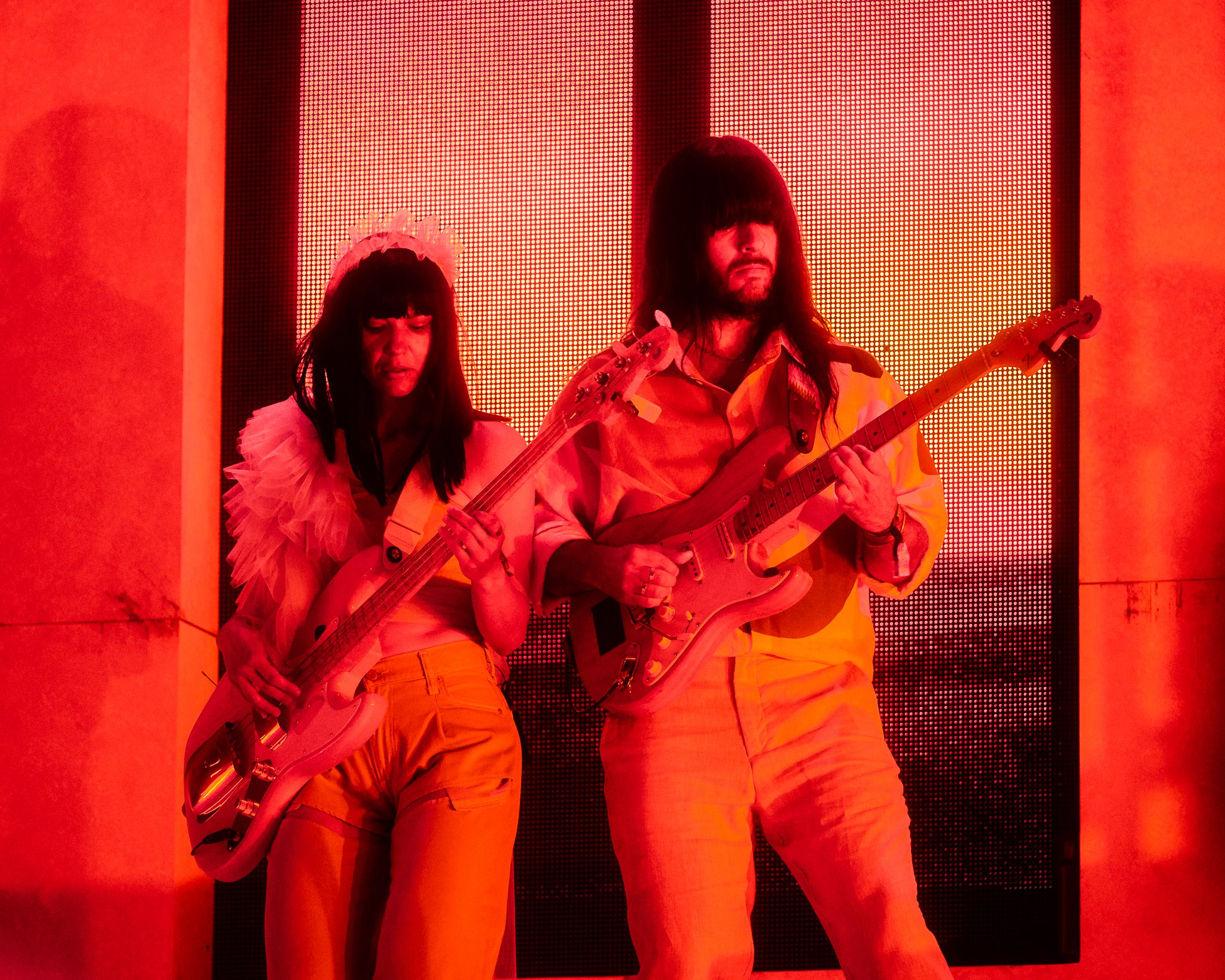
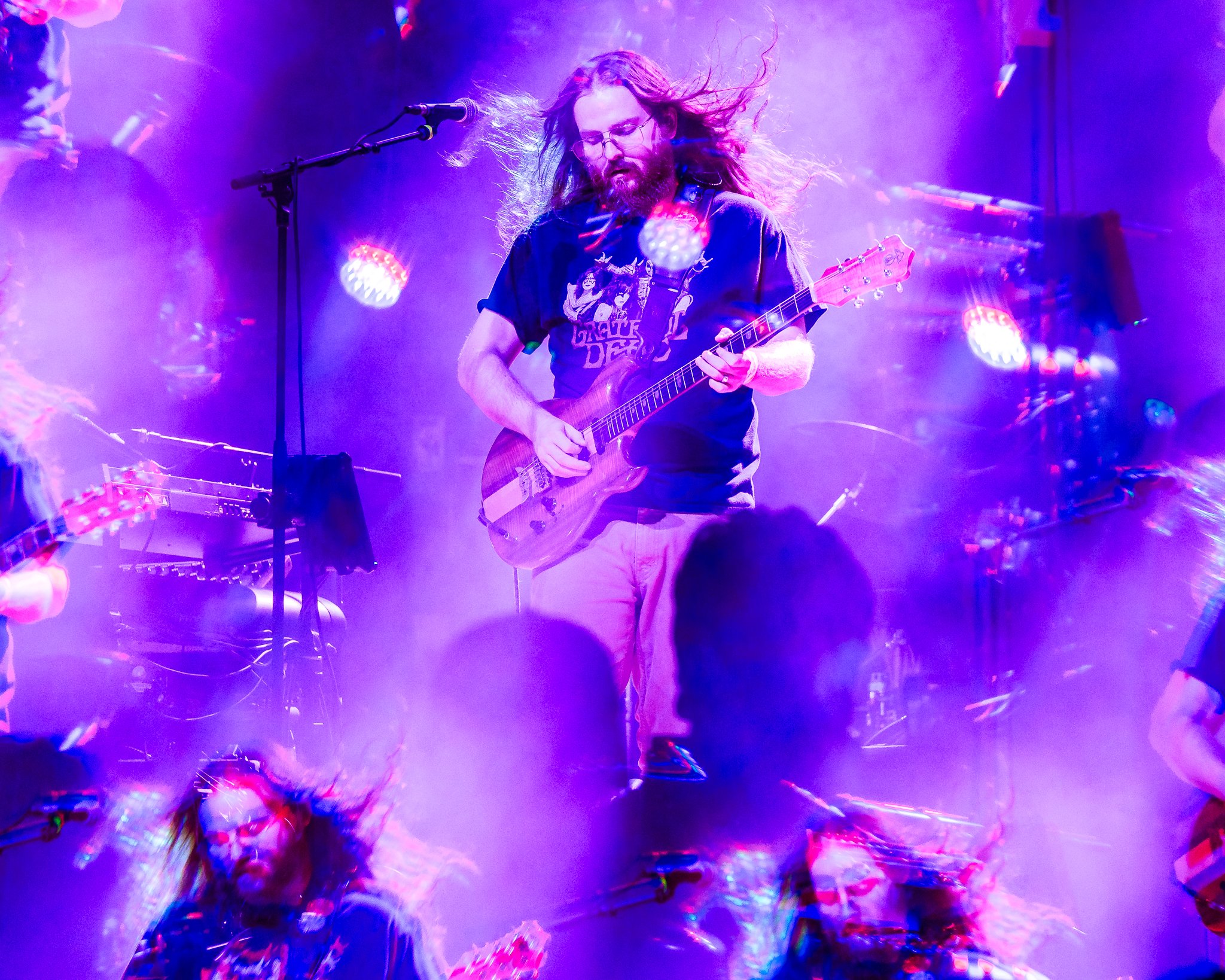
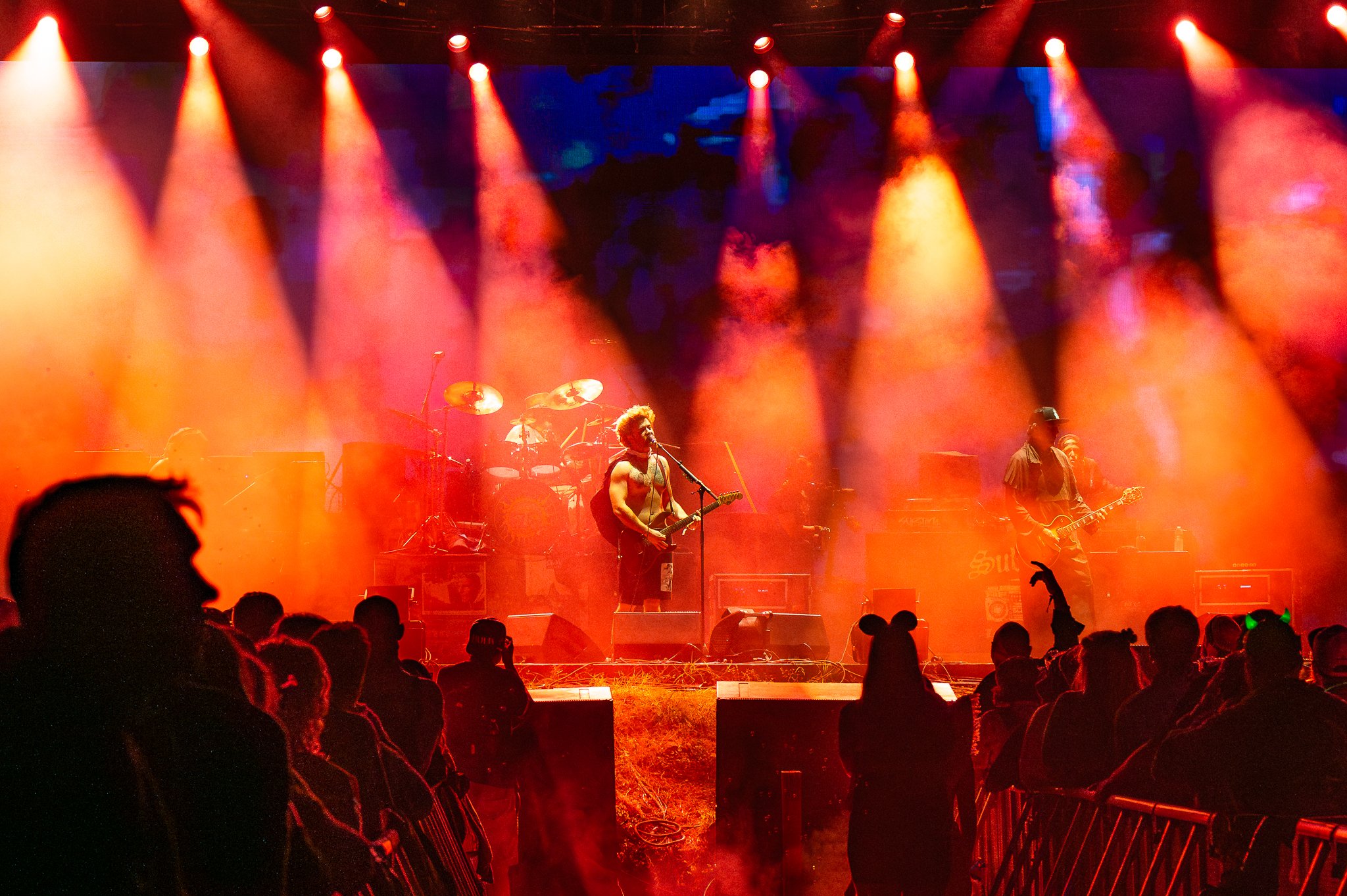
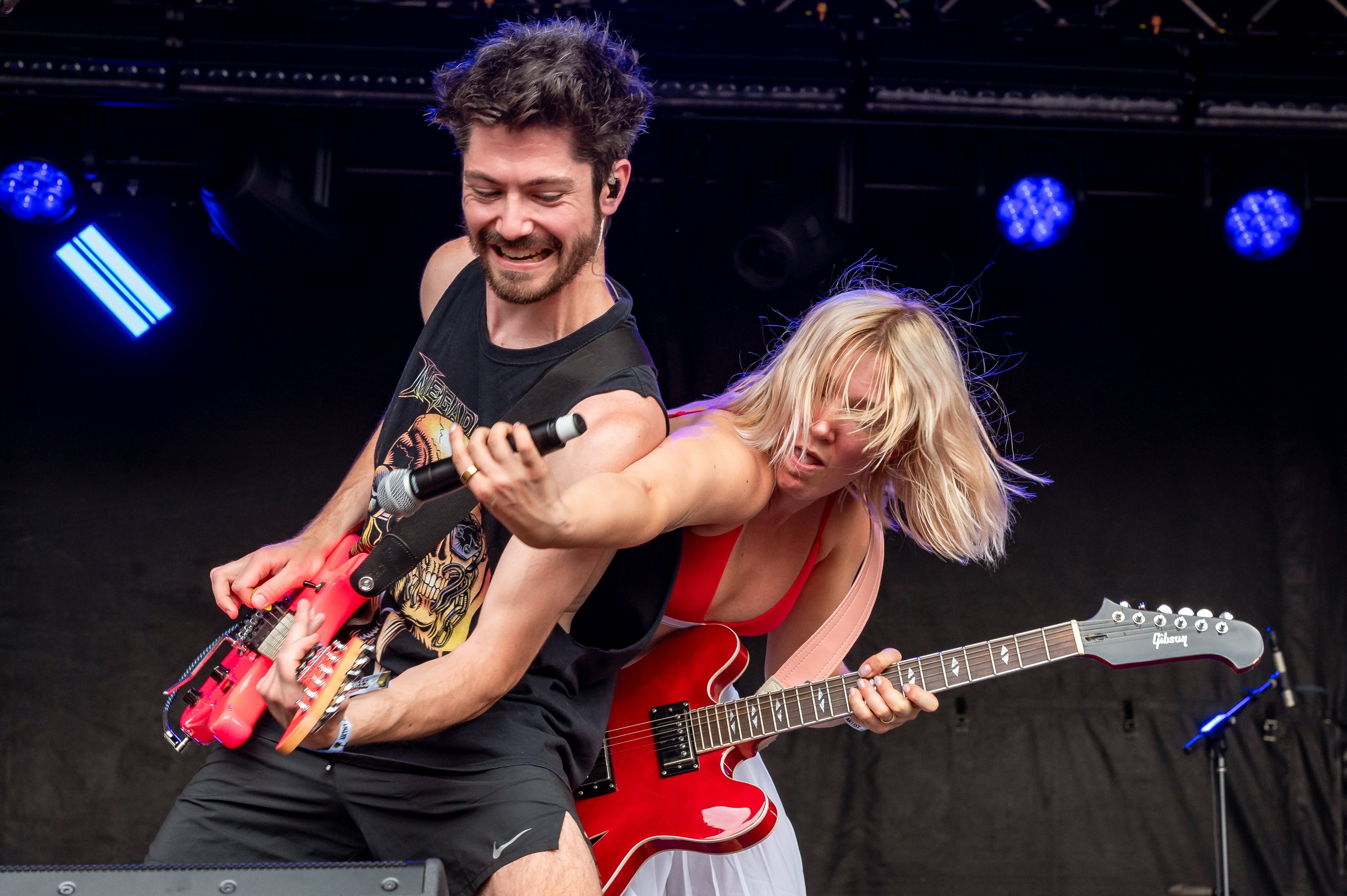
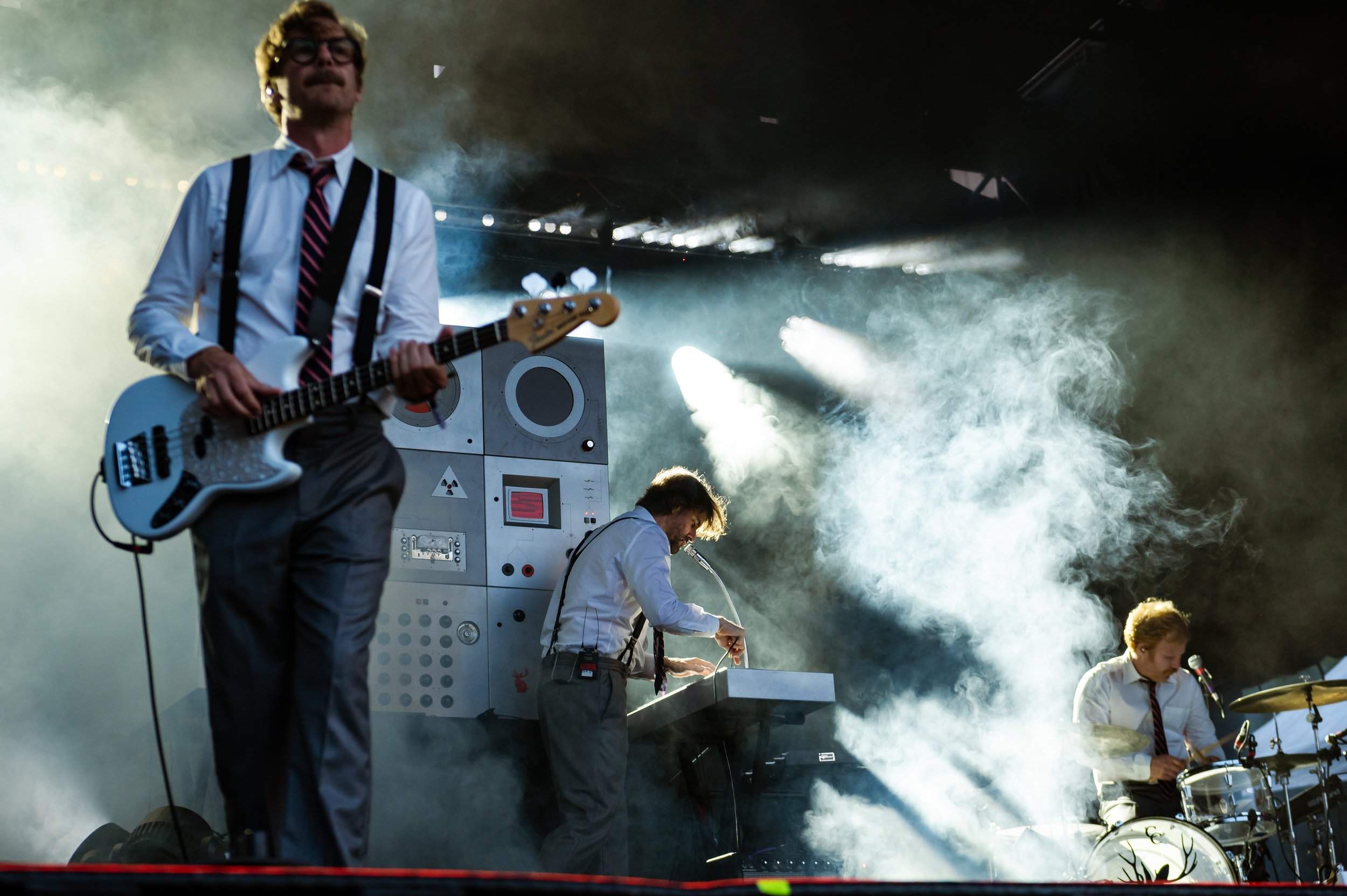
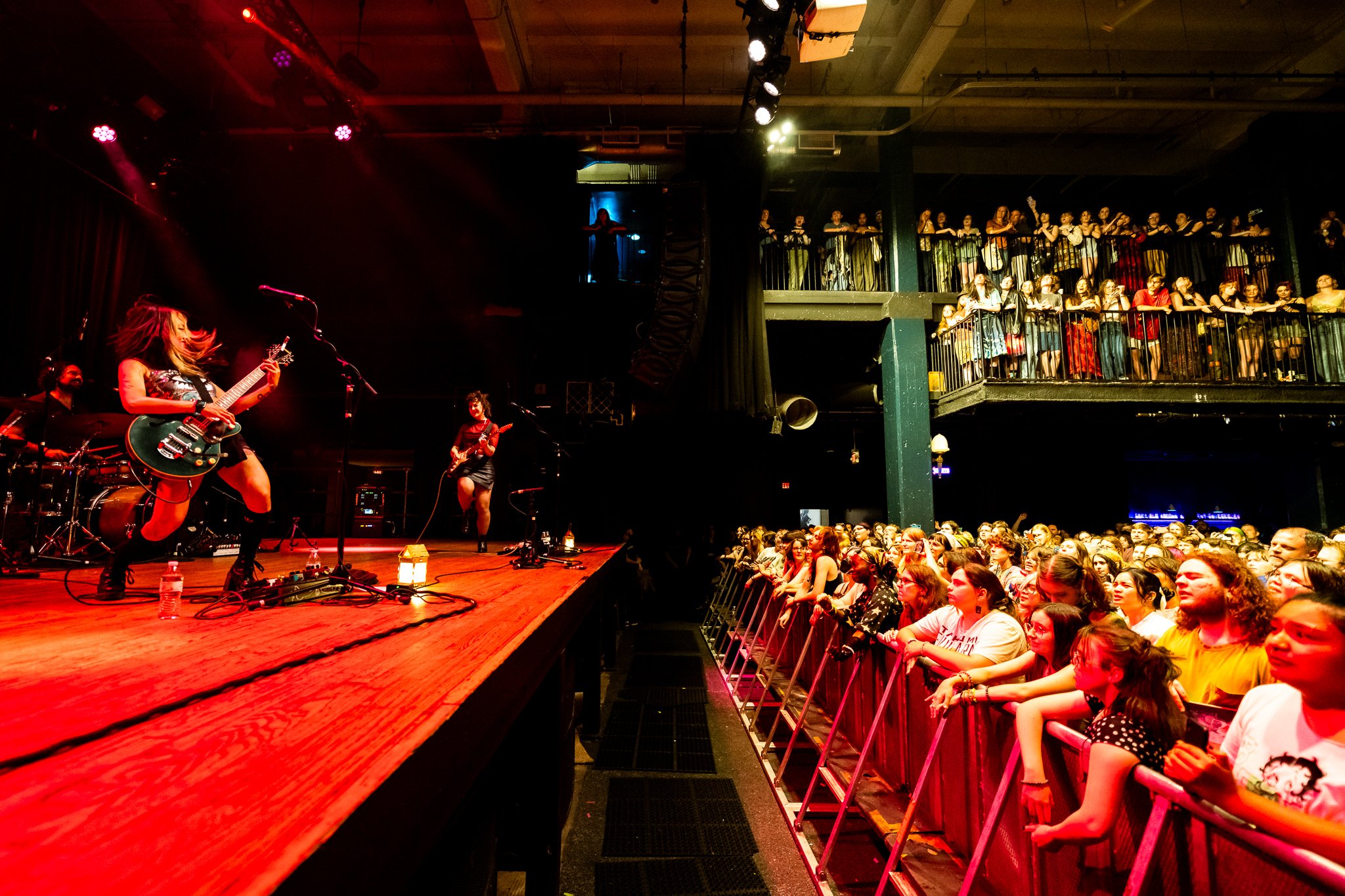
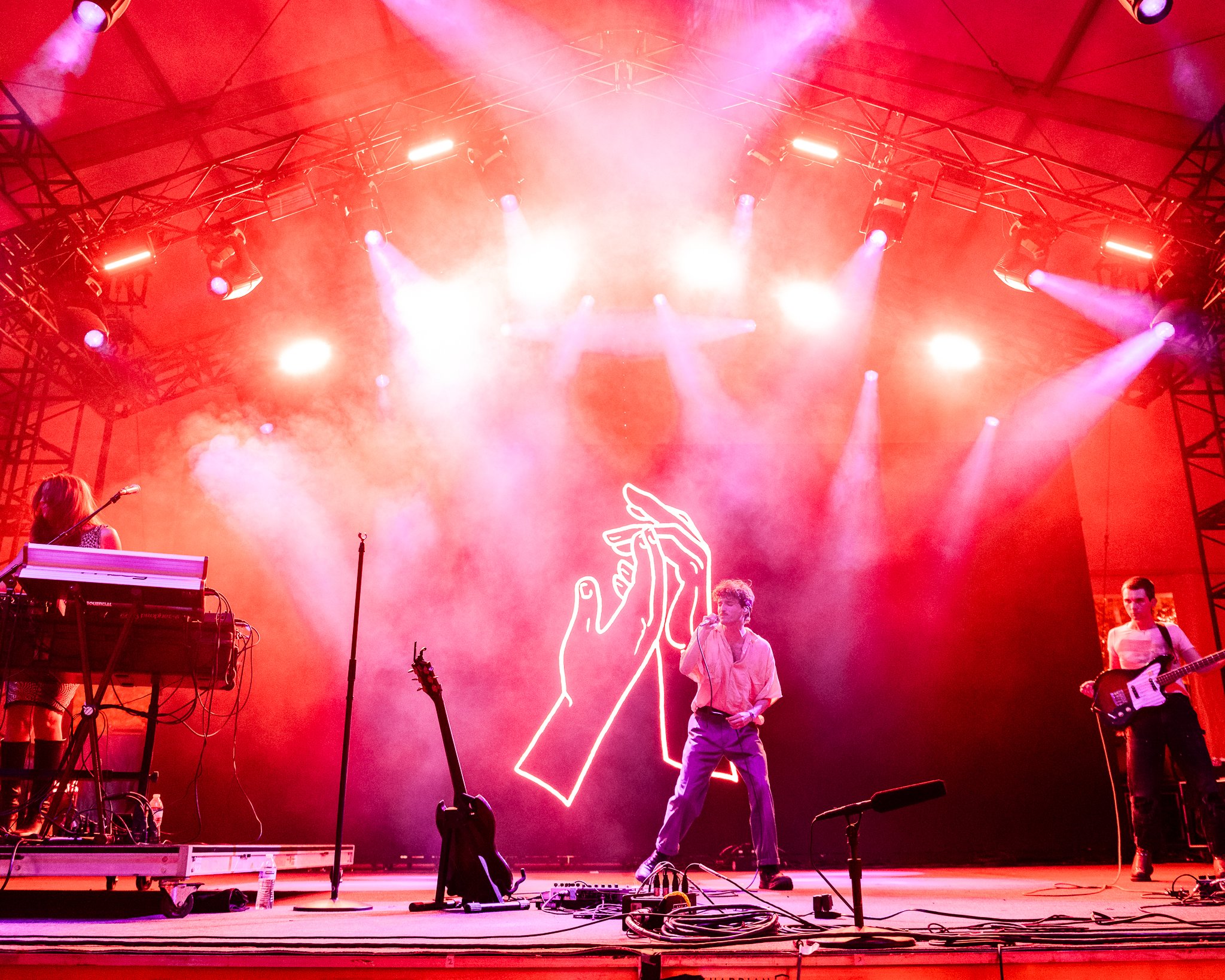
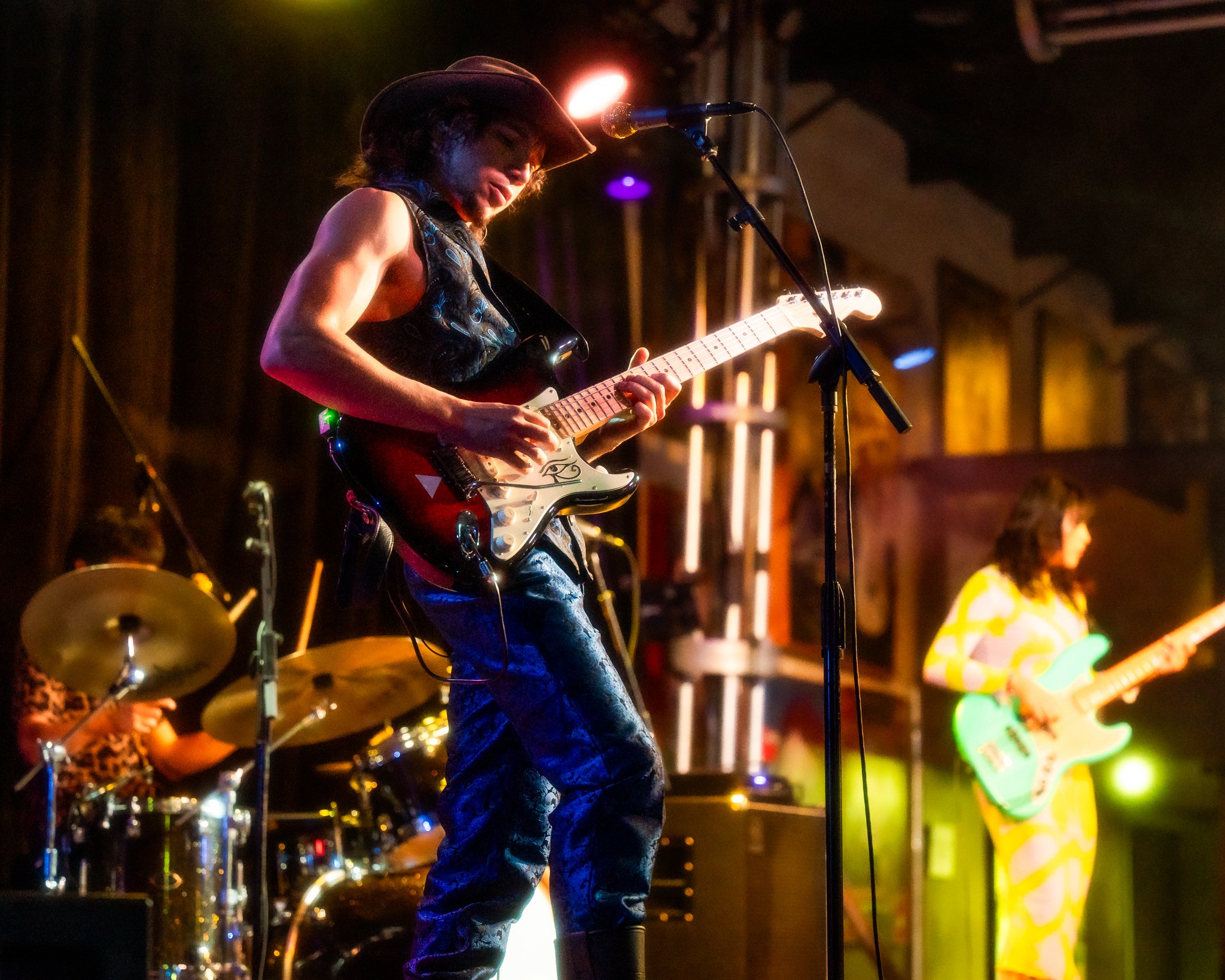

Working in the photo pit at concerts or music festivals requires more than technical skill. It’s a high-pressure, fast-moving space shared by photographers, videographers, and crew members all with deadlines, assignments, and clients depending on them.
Whether you’re covering a tour stop, documenting a festival, or shooting visuals for an editorial, how you operate in the pit directly affects not just your work, but everyone else’s. A lack of respect can cost you future access, while professionalism can open doors across the industry.
In this guide, I’ll share the professional etiquette practices I follow when covering live shows. These lessons come from working closely with artists, managers, publicists, and editorial outlets. They’ve helped me build trust, maintain access, and consistently deliver high-quality live music coverage.
Everyone in the pit is there for a reason. From house photographers to press shooters to tour videographers, each person has a job and a responsibility. Basic respect goes a long way:
Don’t block someone’s view.
Don’t push into a shot.
Don’t stand in one spot the entire set.
Being aware of your surroundings shows you understand how to work in a professional environment. Reputation matters in the music industry. How you move in the pit today can determine whether you’re invited back tomorrow.
For more examples of working respectfully in live show environments, see my guide on Backstage & Side Stage Photography.
External Reference: PetaPixel’s etiquette guide (though written about shooting film vs. digital, it also touches on how professionalism shapes access).
It might feel exciting to post your photo pass or tour laminate on social media. But doing so carries serious risks. Credentials are meant to be private: sharing them online makes it easier for scammers to replicate passes and jeopardize access for everyone.
Event organizers, managers, and publicists depend on credential integrity. Posting them, even with pride, can lead to tighter restrictions across tours and festivals. To keep access safe, always store passes out of sight and avoid sharing them online.
For more context, see I Shoot Shows’ guide on why not to post passes.
Want more insight into staying professional under pressure? Read my Concert Tour Prep strategies for how I manage logistics and access securely.
The pit isn’t just for photographers; it’s also a workspace for security and stage crew. They’re responsible for crowd safety and smooth show operations. Ignoring their role can put you at odds with the very people who decide whether you stay in the pit.
Best practices:
Introduce yourself to security before the set.
Follow instructions immediately (three songs, no flash, exit rules, etc.).
Never argue with venue staff or crew.
Building respect with staff often leads to smoother access later. They’ll remember you as someone easy to work with.
For more on navigating tight spaces with artists and crew, read my Backstage & Side Stage guide.
Pit space is limited, and you often only have the first three songs to get your coverage. That’s why moving with purpose matters.
Plan your shots before the artist walks on stage.
Rotate angles (wide, detail, crowd shots) instead of camping in one spot.
Watch out for other photographers; don’t cut across their frame.
When you move calmly and deliberately, you’ll cover more ground and build credibility with others in the pit.
For visual examples, browse my Atlanta concert photography portfolio.
Professional live coverage requires anticipation. Artists have stage habits, whether it’s jumping off risers, leaning into the crowd, or pausing mid-song for dramatic effect. Learning these cues lets you capture signature moments without scrambling.
Research setlists and live clips before the show.
Take note of lighting shifts during soundcheck or the opener.
Pay attention to bandmates; they often signal cues.
Great pit photographers don’t just react, they anticipate. That’s how you capture the unforgettable frames that managers and publications want.
Photo pits can be chaotic, but your goal is to be invisible. The best photographers capture magic without distracting the artist, fans, or crew.
Wear dark, neutral clothing to minimize distraction.
Silence your camera if possible.
Kneel or step aside when not actively shooting.
Remaining unobtrusive helps you earn trust, especially with artists who value intimate spaces around the stage.
Fans are the reason we’re all there. Without them, there’s no show. Don’t block their view longer than necessary, and don’t shove into their space to grab a shot. Remember, you’re documenting their experience as much as the artist’s.
Shots that include the crowd often end up being some of the most powerful for tour recaps and press. Fans love seeing themselves reflected in the story of the night.
The pit is no place to fumble. Every second counts, and technical errors slow you down and distract others.
Pack light: bring only what you can carry comfortably.
Use dual-camera setups to avoid constant lens changes.
Secure your gear to prevent accidents (straps, harnesses).
For lighting and equipment tips, I recommend Adorama’s portable lighting guide.
Curious about balancing film and digital workflows? Read this PetaPixel feature comparing film vs. digital.
Respecting photo pit etiquette isn’t just about courtesy, it’s about professionalism. In high-pressure live music environments, how you move, communicate, and collaborate directly affects the access you’re given and the relationships you build.
Artists, managers, and publications trust me because I prepare, adapt quickly, and know how to work in any setting whether a summer festival or a sold-out indoor venue.
If you’re an artist, publicist, or production team looking for live coverage that’s cinematic, respectful, and reliable, let’s connect. I offer digital + film photography, highlight reels, and behind-the-scenes storytelling.
Start with my portfolio here or contact me directly to bring your live show coverage to life.




